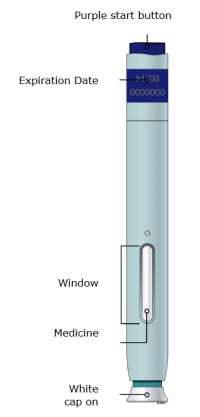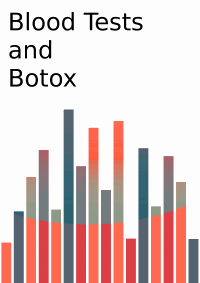Female Sexual Dysfunction and Migraine and Headache Medications
Just how common is female sexual dysfunction? It’s a complicated question. Although it’s extremely common for women to report some kind of problem sometime, it’s a whole different question when you start asking about actual dysfunction and what that is.
 But statistics aside, the problem is real, and in many cases it could be caused by your migraine or headache medication.
But statistics aside, the problem is real, and in many cases it could be caused by your migraine or headache medication.
Migraine patients, and patients with various headache conditions, often have many symptoms to think about. And, of course, there can be many causes of sexual problems. It’s hard to know what to mention to your doctor, and with sexual activity that may be new or not regular, sexual dysfunction from medication may not be something easily recognized.
Medications can especially interfere with both desire and pleasure during sex. Common culprits include:
- Antidepressants: Antidepressants are often prescribed for migraine prevention, even when the patient is not depressed. Common examples of these medications are amitriptyline (Elavil, Entrip, Triptaz, etc), nortriptyline (Pamelor, Allegron, etc), desipramine (Norpramin, Pertofrane, etc), doxepin (Sinequan, Sinepin, etc).
- Beta-blockers: Another migraine preventative, beta blockers can cause problems with desire and orgasm, as well as vaginal dryness. Examples include propranolol (Inderal) and metoprolol (Lopressor, Toprol XL).
- Calcium channel blockers: As with beta-blockers. Common examples are verapamil (Calaptin, Veramil etc) and nimodipine (Nymalize, Nimotop)
- Anticonvulsants: Another migraine preventative. Anti epileptic drugs are commonly prescribed for migraine, and some may be worse than others when it comes to sexual dysfunction. Examples include valproate, topiramate, and divalproex sodium.
Although these are some common categories, there are a number of other drugs that may affect sexual function.
It’s worthwhile noting that many of these drugs will also cause problems for men, though often for different reasons.
If you’re concerned, talk to your doctor. There may be another similar medication that will control your migraine attacks but won’t interfere with sex.

 The drug is being sold as
The drug is being sold as  Aimovig is currently a 70mg injection taken each month. Some patients may take a double dose, which would mean two injections of 70mg taken the same day. The injection, done with a pen-like “autoinjector”, is taken in the abdomen, upper arm, or thigh. It’s designed to be injected by the patients, but there are some things to watch for, so talk to your doctor. The injection takes about 15 seconds.
Aimovig is currently a 70mg injection taken each month. Some patients may take a double dose, which would mean two injections of 70mg taken the same day. The injection, done with a pen-like “autoinjector”, is taken in the abdomen, upper arm, or thigh. It’s designed to be injected by the patients, but there are some things to watch for, so talk to your doctor. The injection takes about 15 seconds.
 Today, patients need to go through all the treatments before they know if they will work. But what if you could go for a simple blood test which would tell you ahead of time that your treatment had a – say – 87% chance of success? Or maybe a 16% chance of success? That would save everyone a lot of time and money.
Today, patients need to go through all the treatments before they know if they will work. But what if you could go for a simple blood test which would tell you ahead of time that your treatment had a – say – 87% chance of success? Or maybe a 16% chance of success? That would save everyone a lot of time and money. If you do a search online, you’ll find a whole lot of information about CBD oil – some of it good, some of it bad. Just looking at the title of this article, which describes CBD oil as “cannabis-derived”, you can imagine there is a lot of politics an money going into various points of view on this issue. Emotions run high on every side.
If you do a search online, you’ll find a whole lot of information about CBD oil – some of it good, some of it bad. Just looking at the title of this article, which describes CBD oil as “cannabis-derived”, you can imagine there is a lot of politics an money going into various points of view on this issue. Emotions run high on every side.